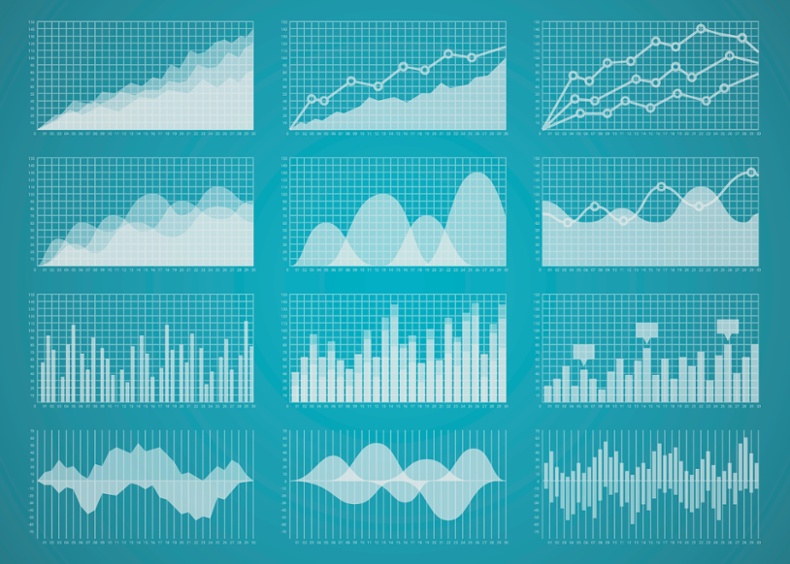Data Analytics and Physician Training

Healthcare changes fast, case in point, when the number of physicians using electronic health records (EHRs) rose from 9 percent in 2008 to
more than half years later. However, physician training does not always keep up, especially when it comes to the transformations resulting from the computerization of patient data.
Sanders et. al pointed out the move from data collection to sharing and, most recently, analytics – or the recognition and communication is about finding meaningful patterns. In this recent phase of computerization, physicians, hospitals, and institutions use its massive data sets to improve care coordination, education, and quality. Changes in physician training are especially important to supporting the latest innovations and fully connecting every aspect of health care systems.
The Dangers of Big Data
The main problem with the rising ocean of big data is that, by definition, its volume and diversity resists available software and hardware. Reports show that data in the American healthcare system has already reached 150 exabytes and will soon move to the zetabyte of 10 to the 21st power gigabytes. Analytics are key to finding meaning within these fast-growing stores of information, but some very real problems exist.
- Doctors are not fully trained in analytics.
- The amount of data and time to analyze it strains experts.
- Traditional training focuses on individuals vs. populations.
- As Guyatt et al show, the education system is decentralized with no standard definition of concepts like evidence or evidence-based practice.
To address these issues, medical training must emphasize and centralize training to focus on populations. Otherwise, clinicians risk missing the opportunity to rise above the sea of big data – and improve care, reduce costs, and save lives in the process.
The Importance of Training Physicians
Education leaders should be aware of and adapt curricula to the labor market. However, as pointed out in Population Health: Creating a Culture of Wellness, the system’s flaws perpetuate the industry’s failures. New programs like the University of Wisconsin School of Medicine and Public Health’s preventive medicine residency have students learn about every sector of the industry. As a result, they are not only better prepared to serve populations rather than individuals, but they can also easily coordinate a team of care providers. As Marc Triola of NYU’s School of Medicine points out, physician training in data literacy is essential because they must be able to use data to improve care while continuously learning about new trends. Educating clinicians in these fields will thus ensure that they are prepared to provide care no matter the changes to come.
Connecting the Care System
Fundamentally, physician training programs should create a clear understanding of the interconnected nature of healthcare systems. According to Health Professions Education: A Bridge to Quality, a competency-based would need to focus on the five following areas:
- Delivering patient-centered care,
- Working in interdisciplinary teams,
- Relying upon evidence-based practice,
- Ensuring quality improvement, and
- Using informatics.
Training should be targeted to provide relevant experiences in medical school, residency, and beyond. However, defining these competencies would be most important in oversight and accreditation, where leverage could be gained in pressuring educational institutions and national professional organizations.
Fundamentally, competency-based education can help clinicians adapt to ever-changing care systems. Challenges likely include limited resources, data access, and collaboration between universities and hospitals. However, shifting to a new model will be essential to educating the medical professionals of the future in synthesizing ever-more reliable data, including resources like monitoring via mobile apps. Bringing together the various sectors of healthcare in this way will likely start by establishing a common language of key terms – with data analytics near the top of the list.
—
Did you enjoy this article? Would you like to subscribe to read more like it?
![]()
Comments are closed.



Recent Comments